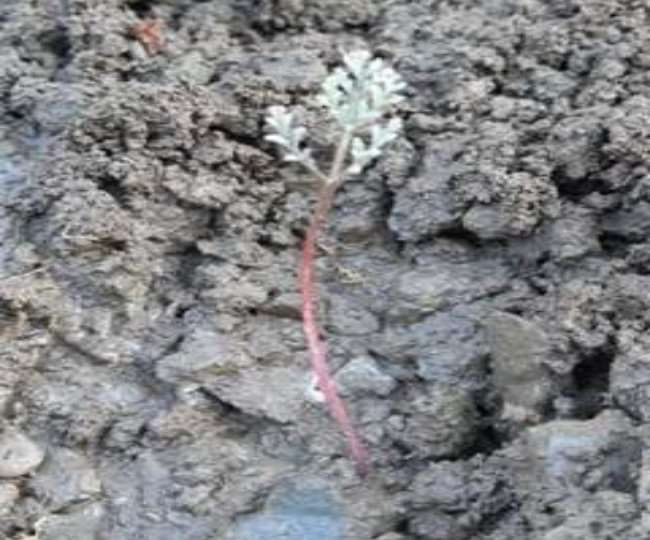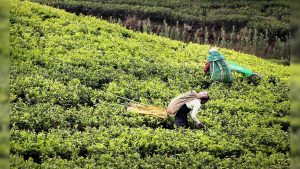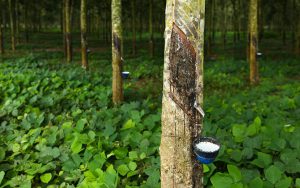Heeng, or asafoetida is a key ingredient, available in every kitchen across India. It is used to add taste and fragrance to many dishes. It is sometimes replaced by garlic in Indian kitchens for fast or spiritual reasons. It is known for its many medicinal properties as well — often used by naturopaths to treat kidney stones, bronchitis, and even whooping cough.
But did you know it is not cultivated in India, always imported from other countries, Afghanistan, Iran, and Uzbekistan, at a staggering cost of almost Rs900 crores every year?
The CSIR-Institute of Himalayan Bioresource Technology (IHBT), Palampur, has started cultivating heeng for the first time in the state as well as in the country.
Why wasn’t heeng cultivated in India?
Speaking on the subject, Dr Shekhar Mande, Director General of the Council of Scientific and Industrial Research (CSIR) in Delhi explained, “We began research on growing heeng locally in 2016. Heeng can only grow in very cold and certain geo-climatic regions such as Ladakh and Lahaul-Spiti. Before this, it was only being imported from countries like Afghanistan and Iran.
Dr. Sanjay Kumar, director of the institute, initiated the program by planting heeng seedlings at Kwaring village in Lahaul and Spiti, a cold-dry district of Himachal Pradesh.
How will heeng be grown in India?
A team of scientists from CSIR-IHBT persistently worked to introduce heeng in India. The institute introduced six accessions of seeds from Iran via the ICAR-National Bureau of Plant Genetic Resources (ICAR-NBPGR), New Delhi in October 2018.
ICAR-NBPGR substantiated that this is the first attempt in the past 30 years to introduce heeng in the country.
CSIR-IHBT raised the condiment plants at CeHAB, Ribling, and Lahaul Spiti, under the surveillance of NBPGR. The plant needs dry and cold conditions to grow and takes around five years to produce oleo gum resin, which it stores in its roots.
Asafoetida is one of the top condiments and is a high-value spice crop in India. The lack of planting material for ferula asafoetida plants in India was a major bottleneck in the cultivation of this crop.
source: https://www.indiatoday.in/india/story/heeng-cultivation-in-lahaul-spiti-1733259-2020-10-20





